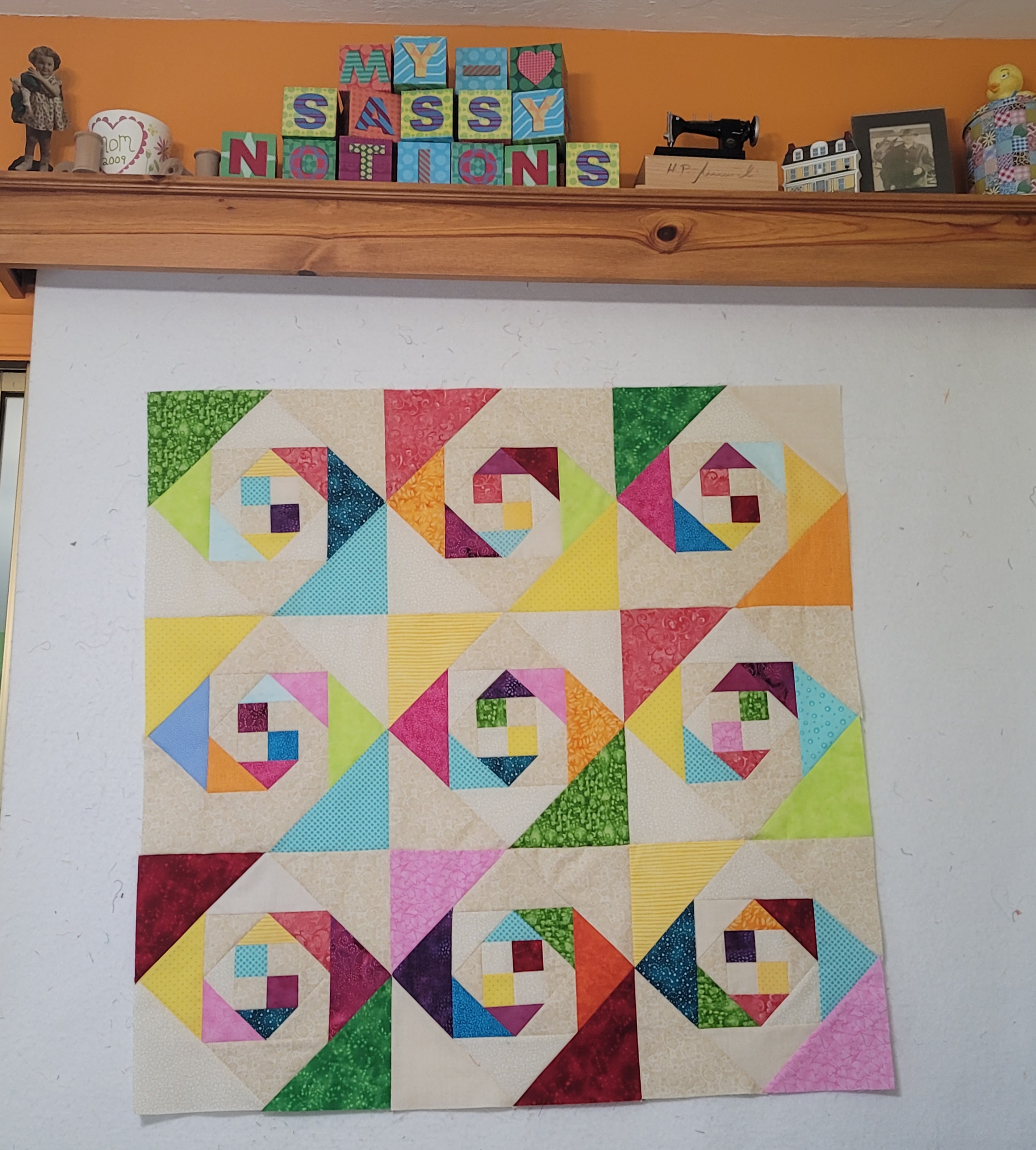Today I am going to talk about a few different marking tools. These are my personal favorites and are listed in order of preference. I will explore more in future posts, so stay tuned.
Let us start with my go-to marking tool. I empty a Chaco Pen Style liner and fill it with Ultimate Pounce Powder. Both must be white. I use a can of air to make sure all the Chaco powder is removed; careful as the end cap can fly across the room and yes, I am speaking from experience. This liner fits perfectly in the Westalee Design Crosshair Squares. The Ultimate Pounce Powder will brush, wash, or iron off. Pounce Powder comes in different types and colors so be sure it’s the Iron Off Ultimate; again, only in white. I think I have 3 of these in various locations in my studio. If it shows up on my fabric, this is what I use. I always have one next to my machine for those times I mark on the go.
Next up, Sewline’s Products for when white doesn’t show up.
I like this Sewline Styla Ceramic Roller Ball Water Erasable Pen because it’s a fine line and fainter than most water-soluble pens. Their Liquid Eraser is a great way to remove the lines without having to wash the entire project. It works just like a pencil eraser.
It is a liquid with a ratio of 5 drops to 4 Tbl. so, it lasts a long time.
I’ve seen other similar erasers and the nibs (soft end that soaks in the liquid) fall apart. I’ve been using the same one for a year. They are replaceable.
Finally, Frixion Markers. Yes, I have read and heard all the horror stories. No, these are not formulated for use with fabric. I get it, some people really don’t like these and adamantly discourage everyone from using them. Here’s the thing, I don’t normally make heirloom quilts. I make utilitarian ones AND I have never (knocking on wood) had a mark come back. On those occasions where I don’t want to take even the slightest chance, I don’t. Now for a few tips.
A few tips for using these.
- Use the color markers, not the pens with metal tips. These have felt tips and will not scratch your fabric, which is my unproven reason why marks appear.
- Treat your fabric prior to marking with a starch. I’ve tried a few brands. Again, unsubstantiated, but I believe it puts a barrier between the marker and the fabric.
- This isn’t a strength contest, use a super light hand. The mark only needs to show up enough for you to see it.
- A fine line marker was recently released. Not a fan. The tip on the one I tried started falling apart after a few weeks.
Well, those are the first 3 on my list. Over the coming weeks, I will share some more.
Few last thoughts: I often remind my students that all the information we find in the world is most likely based on an individual’s experiences. I have done my own tests, but I don’t run a lab. Run your own experiments, EVERY SINGLE TIME! I cannot stress this enough. And test all the variables. Farbric: was it prewashed? did you starch it? Batting; I had it absorb a marking pen once, this did not end well. Thread: Had a student suffer a mishap when the cotton thread she used would not release a wash away marker. Read the directions. Did you know that some water-soluble inks need to be rinsed in clear water? Translation: Do not use detergent to remove marks. Rinse, then wash with detergent if desired.
Sew that’s it for now. If there is a product you want to know more about, let me know. If I have experience, I’ll share. If I have the product and haven’t used it yet, I will run a test and let you know what I find out. Are you curious to see what’s next on my list?






















